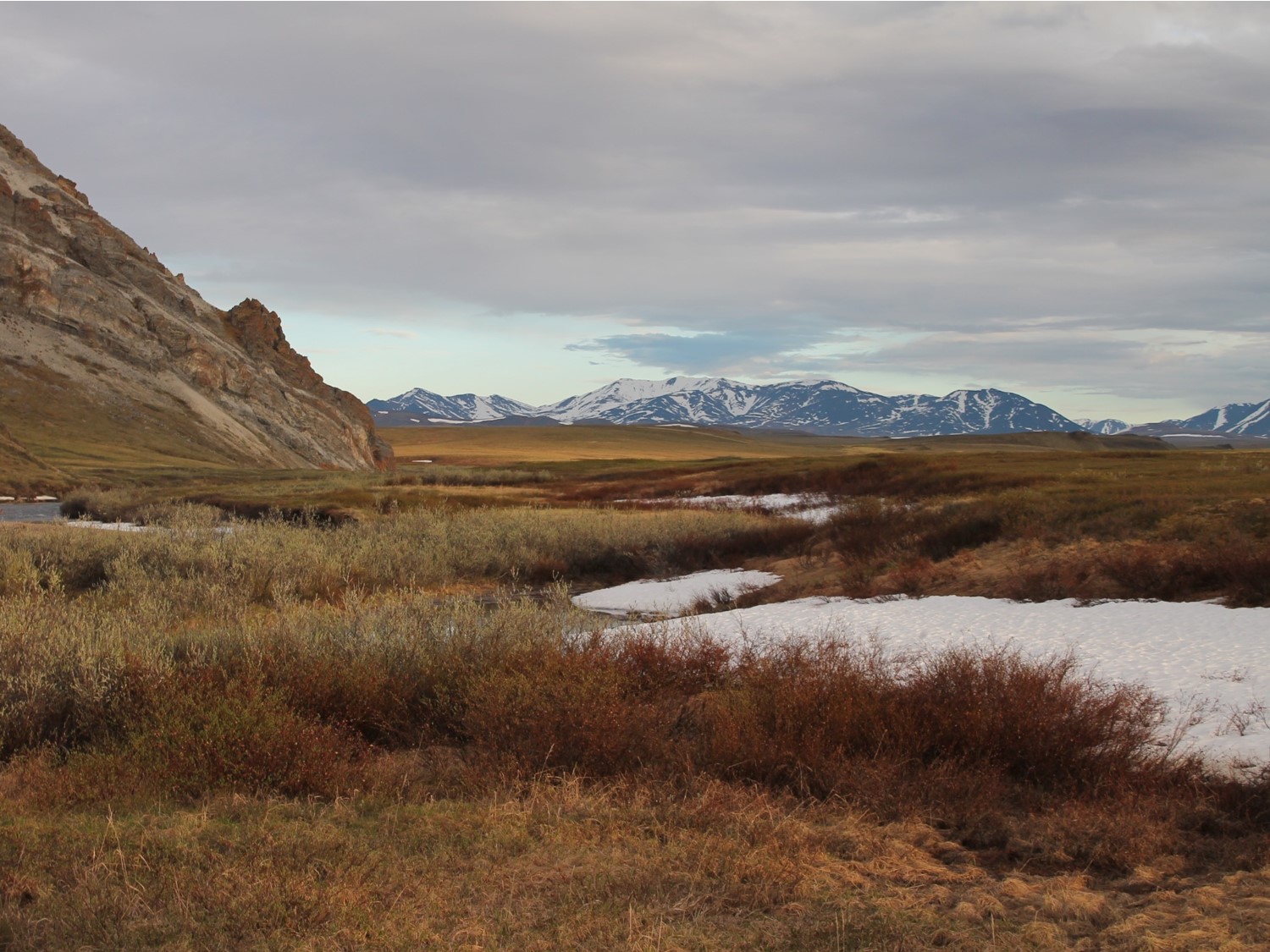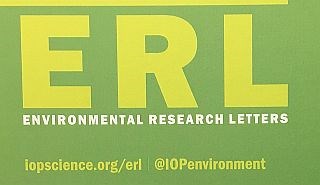
INTAROS has a new publication! INTAROS researchers at the University of Sheffield (UK), and San Diego State University (USA), have produced a new paper, together with collaborators from the Centre for Ecology and Hydrology Bush Estate (UK), the University of Texas (USA), and Los Alamos National Lab (USA).
Methane emissions from Arctic wetlands can be enhanced by climate warming. These increased emissions contribute to greenhouse gases levels in the region. Since Arctic wetlands are extremely diverse in terms of their geochemistry, this research looks at ways to improve estimates of methane emissions and measure their impacts in heterogeneous environments.
You can read the full text manuscript here.
Abstract:
Arctic warming could stimulate methane (CH4) emissions from northern wetlands and further enhance the greenhouse effect. Arctic wetlands are extremely heterogeneous in terms of geochemistry, vegetation, microtopography, and hydrology, and therefore CH4 fluxes can differ dramatically within the meter scale. This high variability of CH4 emissions in both space and time confounds efforts to reduce uncertainty in baseline CH4 emissions. Eddy covariance (EC) is one of the most useful methods for estimating CH4 fluxes in remote areas over long periods of time. However, when the areas sampled by these EC towers (i.e. tower footprints) are very heterogeneous, due to encompassing a variety of environmental conditions and vegetation types at different times, modelling environmental controls of CH4 emissions becomes even more challenging. In this study, we evaluated the effect of footprint variability on the CH4 fluxes from two EC towers located in wetlands on the North Slope of Alaska. The local domain of each of these sites contains well developed polygonal tundra and their drainage channels. We found that the spatiotemporal variability of the footprint, has a significant influence on the observed CH4 fluxes, contributing to between 3-33% of the unexplained variability dependent on site and season. Overall, the normalized difference water index (NDWI) had the most consistent explanatory power on CH4 fluxes, though generally only when used in concert with at least one other spatial index. A spatial bias (i.e. difference between the spatial indices in the tower footprint and the 0.36 Km2 domain around the tower), between 51% and 18% depending on the index, suggests the need to consider the footprint when upscaling the fluxes in these tundra ecosystems. This study highlights the ability of footprint modelling to infer the representativeness of the carbon balance measured by eddy covariance towers in these highly heterogeneous polygonised tundra ecosystems.
Citation:
Reuss-Schmidt, Levy, Oechel, Tweedie, Wilson, Zona. (2019). Understanding spatial variability of methane fluxes in Arctic wetlands through footprint modelling. Environmental Research Letters, in press. doi.10.1088/1748-9326/ab4d32

07 October 2019